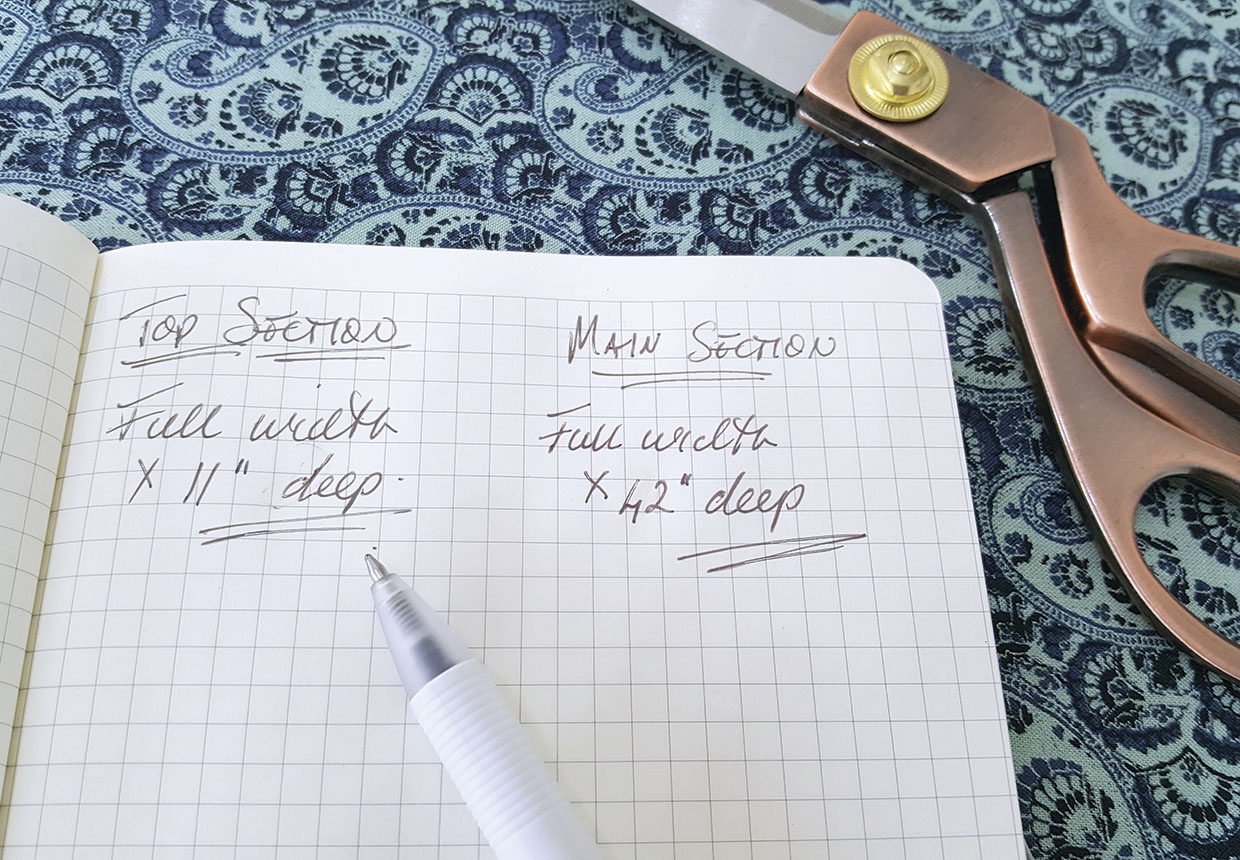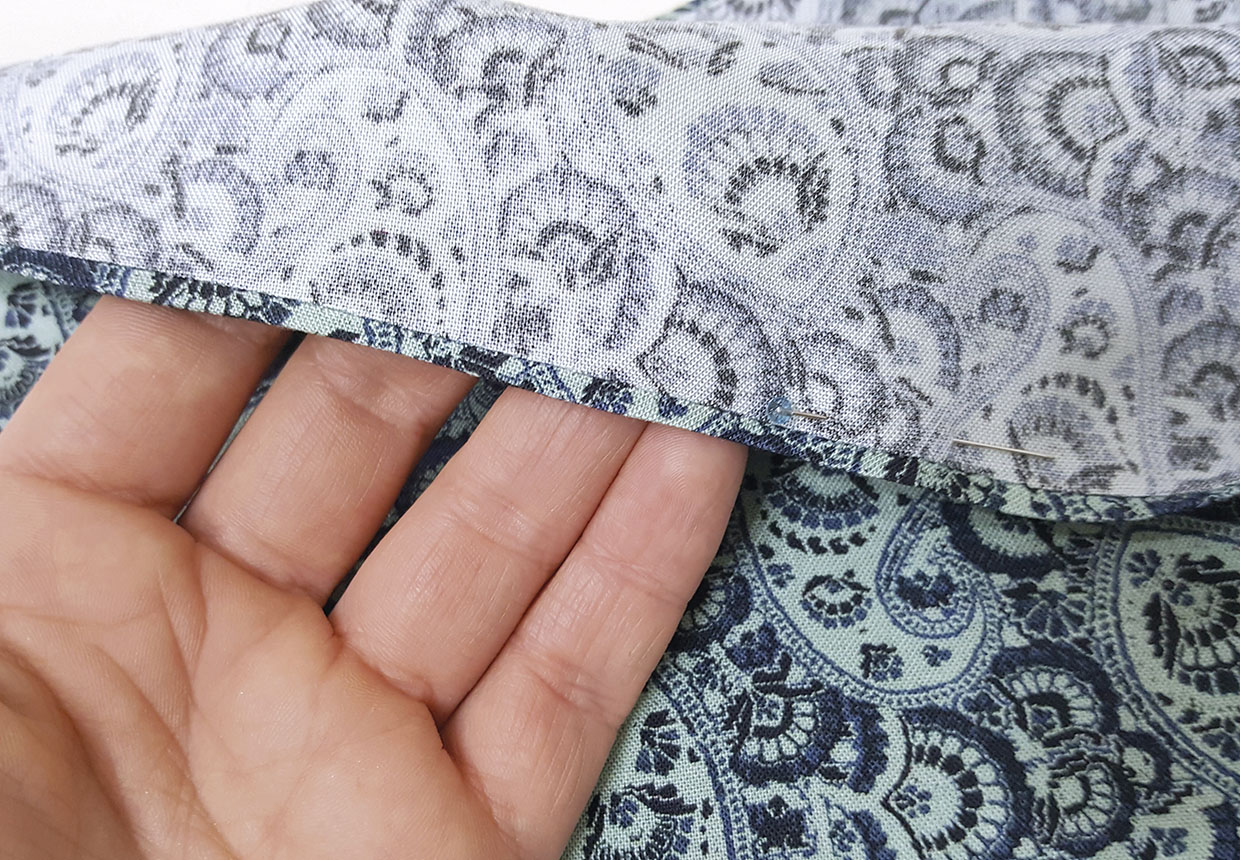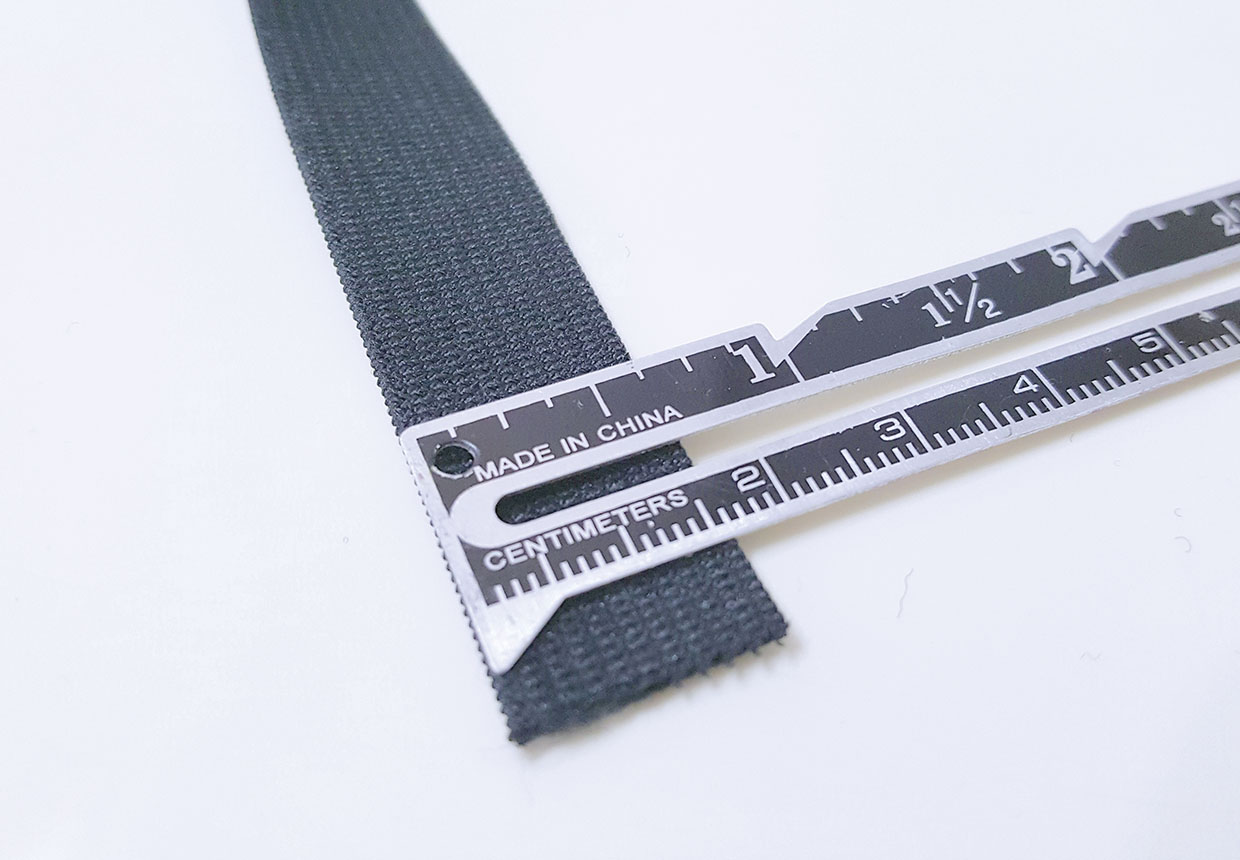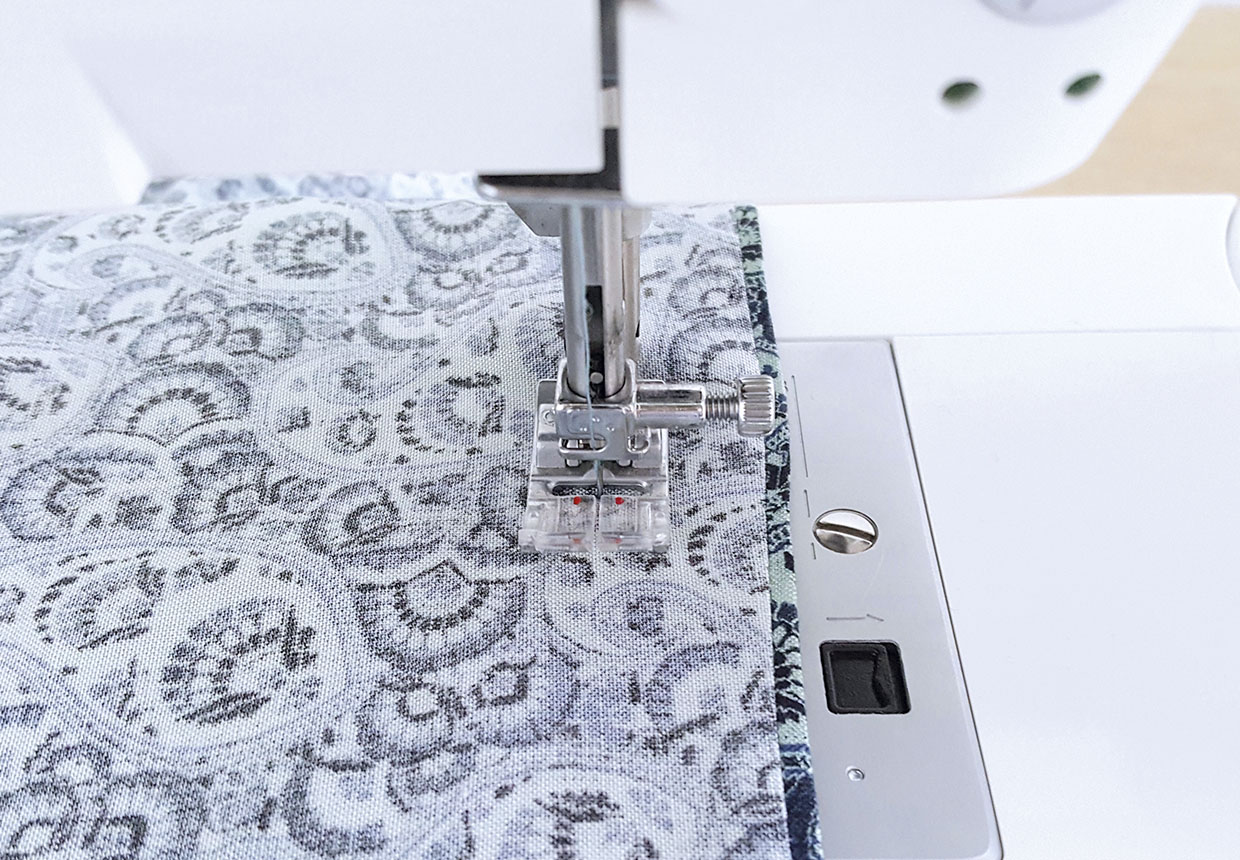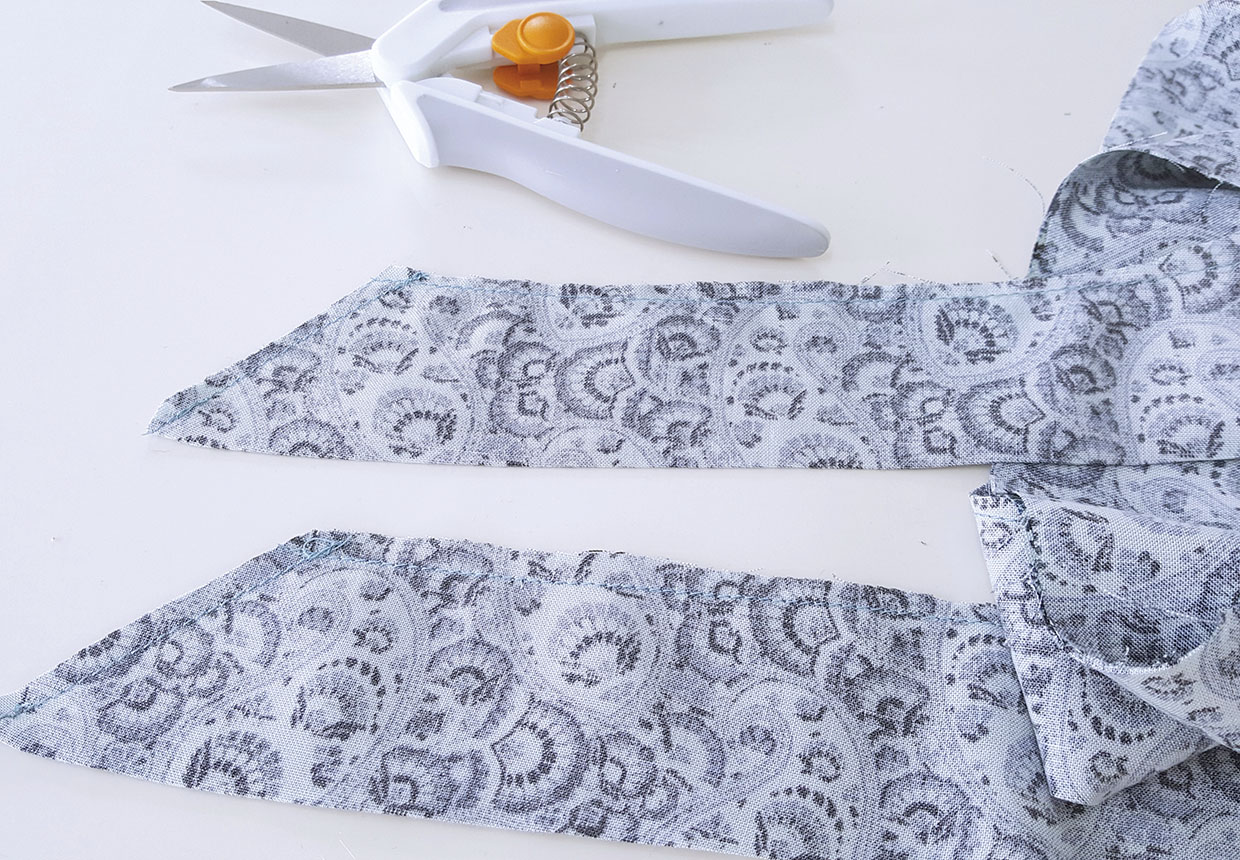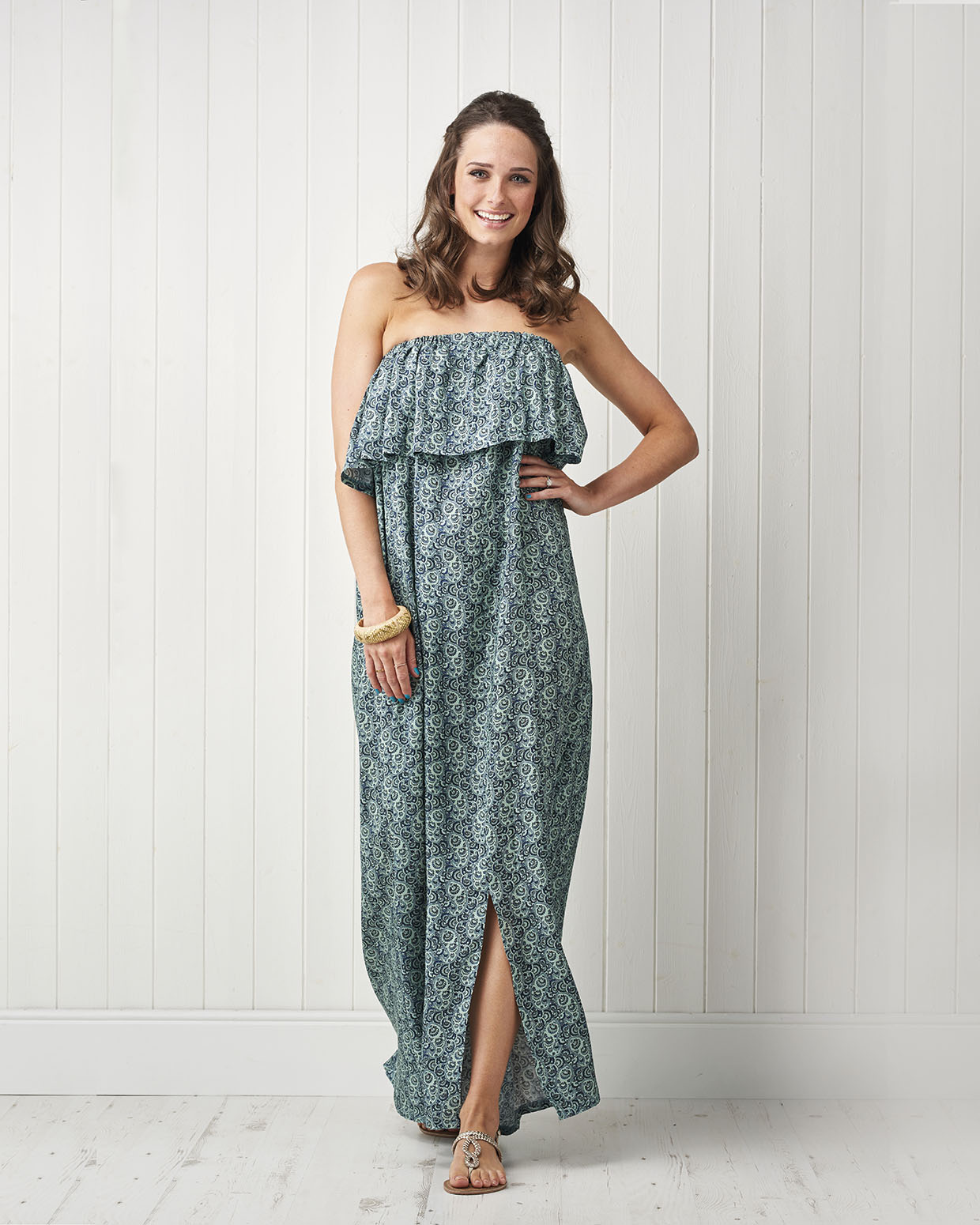Maxi dresses are perfect for the summer months. They're light and breezy, plus they can provide some protection from the sun's rays on hot days.
This lovely maxi dress pattern designed by Portia Lawrie can be worn on the beach or dressed up for evening wear. You can also cinch in the waist with a belt if you want to give the dress some more shape.
This is a good project for sewers with some dressmaking experience to attempt, as there are a few techniques used that absolute beginners might struggle with. If you are a beginner and you want to make your first dress, we'd recommend our DIY dress for beginners tutorial.
New to sewing? We've got lots of great beginner's guides to help you get started. Check out our sewing for beginners and how to use a sewing machine guides to learn the basics. Stock up on some craft supplies with our best sewing machines for beginners and sewing kits for beginners.
This tutorial first featured in Simply Sewing Magazine. Simply Sewing is the UK's best-selling magazine for makers who sew will have you at your machine from the get-go! Each issue includes fresh projects for your home & wardrobe, beautiful photos and step-by-step guides.
Looking for more patterns to sew for your summer holidays? Check out our best summer dress sewing patterns for more inspiration. If you enjoy making this maxi dress sewing pattern, you might also enjoy our DIY maxi skirt sewing pattern.
Read on to learn how to make our maxi dress pattern…
Maxi dress sewing pattern
Sizing
The instructions and measurements given here should achieve the desired outcome on a UK 10-16. We are using the full width of the fabric 150cm (60in) on a model with a 34-36in bust and calculate that these instructions should suit up to around a 42in bust. If you are under a UK size 10 then you can reduce the width of the rectangles you cut to avoid too much gathering and fullness.
If you are larger than a UK size 16 you can increase the width of your rectangles; this will require additional fabric to the 2m (2¼yds) stated for sufficient fullness. So the maxi will have the desired amount of gathering around the bust, the fabric width needs to be around 1.5 to 2 times your bust measurement.
